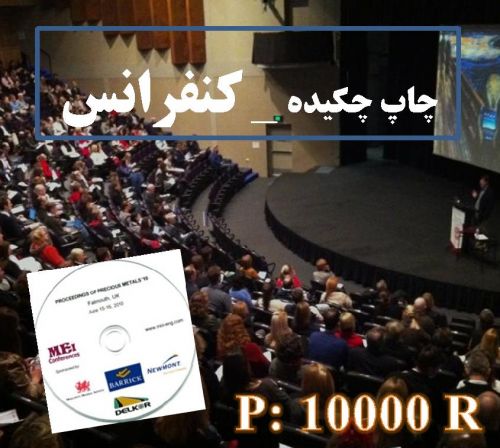Introduction: Malaria is a mosquito-borne disease that annually kills more than 1 million people in the world. Of blood transmitted malaria in endemic areas and the real threat to the health of blood. This parasitic disease is a serious health problem in Iran.Therefore,this study aimed to investigate the epidemiology of malaria were referred to treatment centers. Methods: This study is a review article by surveying numerous articles of databases and scientific sites Google scholar, magiran, Sid, PubMed and iranmedex by keyword Epidemiology, parasites, malaria over the years 1993 to 2016 was done. Results: Evaluation studies show that most of disease in age group 20-31 years old. Most of the patients were free labor people and worker. As well as the illiterate and between 13-14.2 percent in education up to 25 percent had elementary education. Up to 13.2% of the patients by between 86-88percent through active and passive activities have been identified, out of which most people have malaria parasites were vivax malaria and parasites. Most have high prevalence of Mazandaran Province and Bandar Abbas. Most Percent of immigrants (Afghan) and the lowest percentage was also locally or through travel. Conclusion: Due to the prevalence of malaria in some provinces of Iran and the high level of immigration from affected countries neighboring Iran and given the increasing incidence of the disease, Malaria in provinces with a high prevalence continue to be seriously and In addition to the detection and treatment of disease, improve sanitation and fight the mosquito Anopheles be considered.
کلید واژگان :Epidemiology, parasitic diseases, malaria
ارزش ریالی : 200000 ریال
با پرداخت الکترونیک
جزئیات مقاله
- کد شناسه : 7151043453549295
- سال انتشار : 1396
- نوع مقاله : چکیده مقاله پذیرفته شده در کنفرانس ها(فایل کامل مقاله بارگزاری گردد)
- زبان : انگلیسی
- محل پذیرش : سومین همایش بین المللی و هشتمین همایش سراسری آموزش بهداشت و ارتقای سلامت
- برگزار کنندگان : دانشگاه علوم پزشکی اصفهان
- تاریخ ثبت : 1396/08/21 00:38:55
- ثبت کننده : آمنه مدملی
- تعداد بازدید : 271
- تعداد فروش : 0
